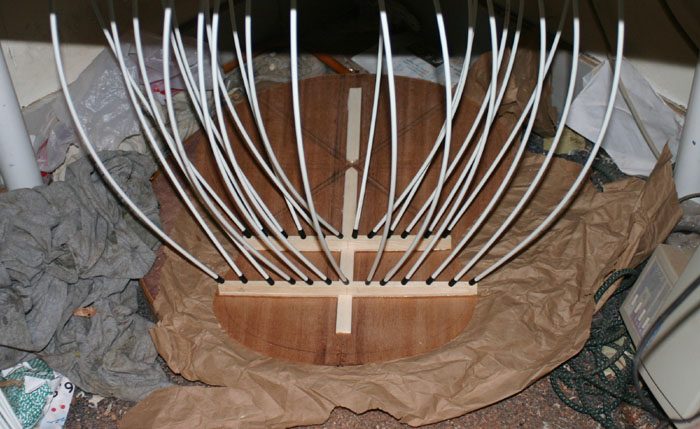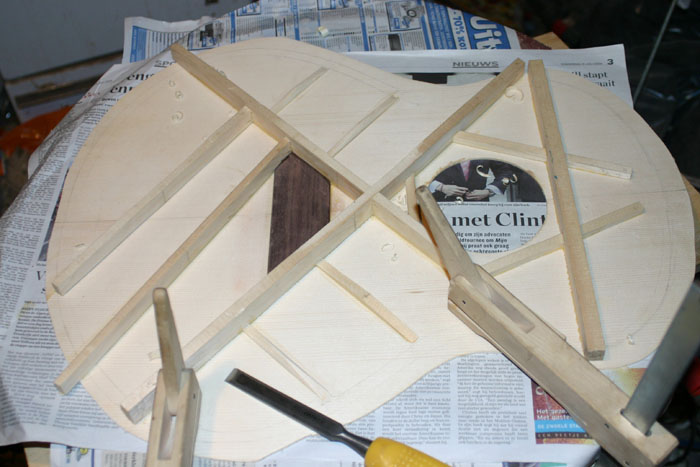I need some tips for using a go-bar deck (not tips for my go-bars). The weird thing is, I don't remember having any problems using one in the Fleishman class.
Since a brace is typically taller than it is wide, and then put pressure on it from the top with go-bars, you just barely have to look at it the wrong way and it wants to buckle sideways and tip the brace over. Is it typical to have to place blocks around the brace to keep it from tipping? I almost never see that in pictures of people's go-bar setups.
I was doing a dry run with a back brace, and it exploded 2 secs before the timer on the camera took the pic...



